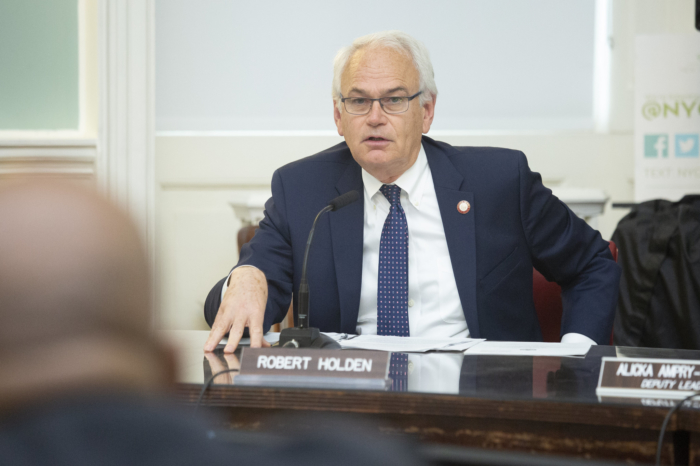By George Jehn
The letter from Sharon Pinkerton in a recent edition of the Times Ledger (“Keep noise down, efficiency up at Queens airports,” March 4) is not only misleading, but also incorrect. NextGen has not reduced the noise problems in communities surrounding JFK and LaGuardia airports, but actually increased them, despite the fact that today’s high bypass jet engines are quieter. And, this has happened because easy and safe noise abatement procedures have been abandoned in order to save on airlines’ fuel costs.
Probably the best example of this is the takeoff procedure on LaGuardia’s Runway 13. During the many years that I flew in and out of LaGuardia, the takeoff procedure known as the Whitestone Climb called for an immediate right turn to 175 degrees. In doing this, jets were routed over Flushing Meadows Corona Park rather than populated areas. Today’s NextGen procedure routes planes taking off on Runway 13 directly over populated Flushing. Ask why this is done and you will get a variety of responses from the Federal Aviation Administration (if you are fortunate enough to even get a reply), but it boils down to the fact that this procedure saves airlines money in the form of fuel expenditures.
The same applies to landing on Runway 31. I can count on the fingers of two hands the number of times I flew an instrument approach to Runway 31. Rather, the standard approach to that runway was known as the Expressway Visual Approach, which once again kept the jets away from populated areas and associated noise problems.
Yet with today’s NextGen system, instrument approaches are commonplace and once again take the planes directly over Flushing. Ms. Pinkerton’s most egregious misrepresentation is where she states that the airlines are committed to working with the FAA and all communities near them (I presume she means the airports, but doesn’t state that) to hear their concerns and find solutions. The solutions to noise problems already exist and are quite simple to implement when one places quality of lives over a few bucks in fuel savings.
Also conveniently omitted is one of the major problems at LaGuardia that is responsible for most of the delays there; that being the two runways intersect each other, which greatly restricts the number of landings and takeoffs for flight safety reasons. Nowhere is this even mentioned in the article. Furthermore, Ms. Pinkerton casually mentions “Mother Nature” as being responsible. This impact is far greater than she admits because by their very nature, aircraft always attempt to take off and land into the wind, again for flight safety reasons. This means, for example, a strong wind out of the northeast, a common occurrence here in the New York area, means that LaGuardia is forced into a single-runway operation; in this case Runway 4. All takeoffs and landings must be done on this one runway. Add into this the required aircraft spacing, again for safety reasons, and it is no wonder that delays persist.
Furthermore, aircraft have had the ability to go direct from point to point for many years via the use of Inertial Navigation Systems, OMEGA and more recently, GPS. The problem comes in terminal areas, where the aircraft still need to be spaced. During times of heavy use, aircraft must still be slowed and/or radar vectored to fit into the landing patterns and NextGen does not resolve this dilemma. Airline deregulation has increased this problem because you can only stuff a certain amount of aircraft into a limited amount of airspace and still maintain a safe operation—with the key word being “safe.”
George Jehn
Pilot for Eastern Airlines and US Airways for over 30 years, flying in and out of all three New York area airports.































